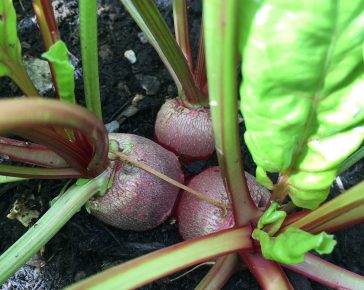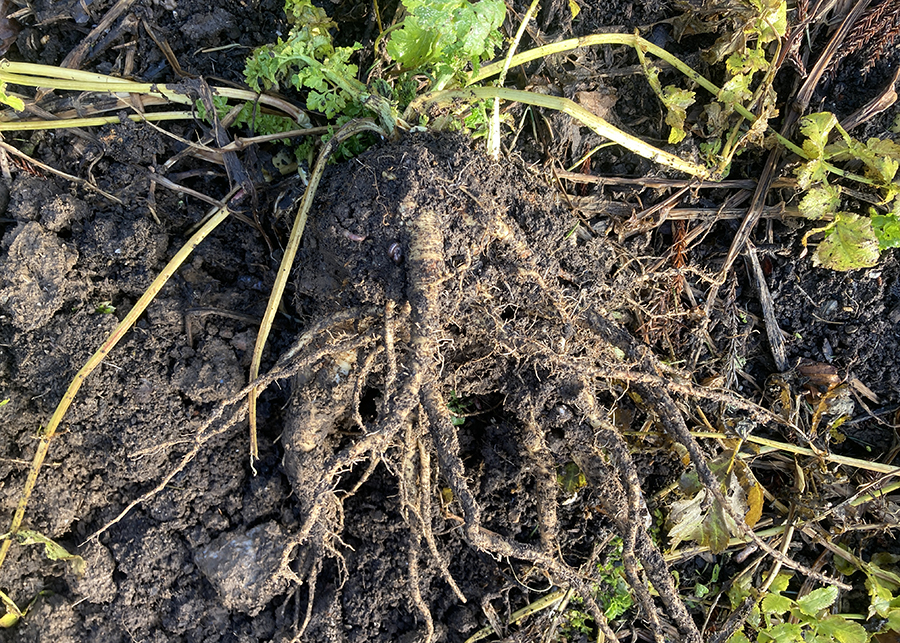Some vegetable plants are prone to splitting – particularly root veg like carrots and beetroot, as well as fruits like tomatoes and some brassicas, including cauliflower and cabbage.
The main reason for splitting is inconsistent moisture levels in the soil
The best way to prevent splitting due to inconsistent moisture levels in the soil is to try and water regularly and thoroughly, being careful not to let the soil dry out during hot spells. This way, when heavy rains come, inevitably during the school holidays, there won’t be such a big fluctuation between wet and dry soil, and the plants will not try to guzzle up water to make up for the drought.

Tomatoes
Again, moving from dry to waterlogged soil will cause the tomato skins to split when the fruits start to ripen, so try to keep the soil consistently moist and this should right itself as the next fruits come through. Harvest your tomatoes as soon as they are ripe – if left on the plant they will over-ripen, and at this point splitting is much more likely. If your tomatoes are split, they are great for cooking down into pasta sauces etc, so don’t throw them out!

Root Veg - beetroot, carrot, parsnip
This root splitting is seen when a long dry spell is interrupted by a few heavy downpours. The roots have been used to the relatively dry conditions, working hard to take up water and the roots are growing slowly. With the sudden availability of water, they take up a big amount of water and have a growth spurt that they are not ready for. The result is the crack/split that appears. We find carrots are the most affected although other roots like parsnips and beetroot can be affected too.

Split Cabbage
Splitting happens most commonly once the cabbage has more or less reached full maturity, and usually begins after a heavy rainfall following a dry spell. The cabbage essentially draws up too much moisture and grows too fast, causing the splitting. You may find the same thing occurs if you over-feed your cabbages late in the season, with a liquid feed, for example.




